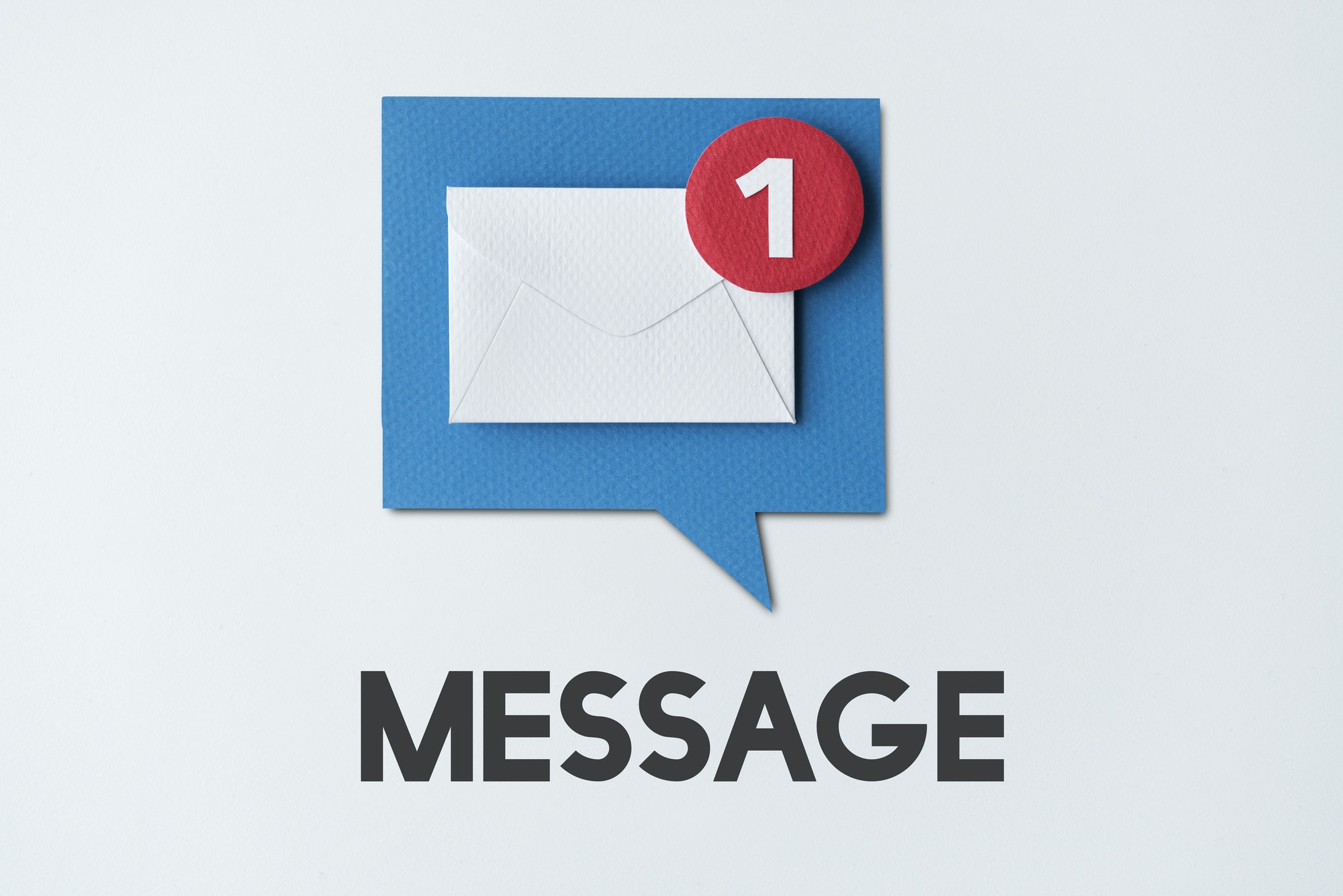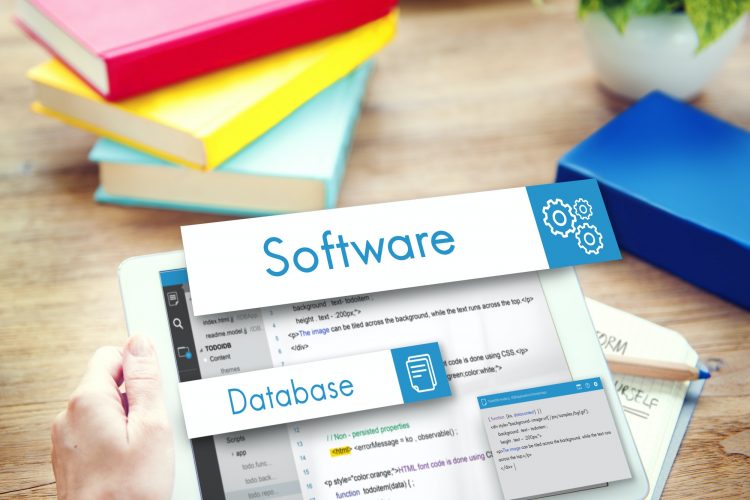
Marketers are well-versed in the art of emailing new and existing consumers in an effort to cultivate a client base or cultivate brand advocates. Those who are fresh to the marketing field. As well as some seasoned professionals. Often have difficulty creating successful transactional emails.
For those of you who don’t know what transactional emails are, or how they vary from other types of emails, this is the piece for you.
As much as we’ve spoken about these types of emails in detail before. We haven’t truly dived into the fundamentals of them until now. Let’s take a moment to review what transactional emails are and why you should use them in your email campaigns.
An Introduction to the World of Transactional Email
In the first place, they aren’t solely used by online retailers (a common misconception). Sending transactional emails to contacts, prospects, or customers is a common practise in the business world. These emails are used to assist the user in completing a certain activity on a company’s website.
What type of activity are we referring to, exactly? There are a slew of possibilities here. Sending a transactional email may be triggered by the following actions:
A Confirmation Of Purchase
Sending a reward email in exchange for a content item, such as a whitepaper or ebook.
An email expressing gratitude for completing a task.
When it comes to sending transactional emails. There are some that demand the receiver to take action, and those that don’t. These messages are merely a means of informing the user that something occurred as a direct result of their actions, or to provide them with additional information about those actions.
This might contain an upsell, a cross-sell, or other information that helps drive the receiver through the sales funnel, such as a thank you transactional email and an offer download email.
There are times at Relevate when we send an email thanking someone for downloading an ebook. Then we include a link to another ebook or offer that they might be interested in reading as well.
That’s also a good idea, as it turns out.
Transactional Emails Open Up a World of Potential for Marketing
In the minds of many businesses, transactional emails should only be sent to customers who have purchased something from them. While transactional emails may be sent for any noteworthy transaction. Whether or not money is involved, remember that you don’t need to be an eCommerce marketer to send one.
And that’s where marketers have a huge opportunity. In most cases, a visitor to your website will get a transactional email after taking an action that indicates trust, interest, and desire. Whatever it is they signed up for. It’s for this reason why transactional emails have one of the greatest open rates. The receiver is interested in what’s inside.
It’s a great opportunity to tell your readers more about your business if they’re opening transactional emails you send out to them.
Your transactional emails could be more effective. If you were more creative in how you used them.



